How the Pope in Rome became the arbiter of imperial legitimacy
The shift from the Roman Senate to the Pope in Rome as the arbiter of imperial legitimacy reflects a profound transformation in the political and spiritual dynamics of Europe. This evolution unfolded over centuries, shaped by the fall of the Western Roman Empire, the reorganization of power in the post-Roman world, and the eventual fusion of Christian and imperial authority under Charlemagne. In this post, we explore the circumstances under which the Pope in Rome assumed the role of crowning emperors, the status of imperial authority during the period between the fall of Rome and Charlemagne, and the fate of emperors after Charlemagne’s coronation.

Gelasius and the doctrine of the two swords, excerpt from the Heidelberg Schwabenspiegel manuscript, early 14th century. Pope Gelasius distinguished between the roles of emperor and pope. This distinction had a considerable impact on the Middle Ages, including the interpretation of the doctrine of the “two swords”. Source: Wikimedia Commonsꜛ (license: public domain)
The imperial crown: From Roman senate to papal authority
In the early Roman Empire, the Senate played a ceremonial role in affirming the legitimacy of emperors. While real power rested with the military and political apparatus, the Senate’s acknowledgment symbolized continuity with Roman traditions. However, as the Western Roman Empire weakened, the Senate’s influence diminished, and alternative sources of legitimacy emerged.
The decline of the senate’s role
The decline of the Senate’s authority was gradual, tied to the erosion of centralized power in the Western Roman Empire during the 4th and 5th centuries. By the time of the empire’s fall in 476 CE, the Senate had become largely irrelevant in imperial politics, serving primarily as a symbolic institution in Rome. The deposition of the last Western Roman Emperor, Romulus Augustulus, by the Germanic chieftain Odoacer marked the effective end of the Senate’s role in imperial appointments.
The rise of the papacy
As the Senate’s authority waned, the Christian Church emerged as a central institution of power and legitimacy in the West. The Bishop of Rome, later known as the Pope, gained prominence due to the city’s historical and spiritual significance and the growing influence of Christianity as the empire’s official religion.
The papacy’s role in imperial coronations began to take shape during the Carolingian period, culminating in the coronation of Charlemagne by Pope Leo III in 800 CE. This act symbolized the papacy’s authority to confer divine legitimacy on rulers, a significant shift from earlier traditions rooted in Roman political institutions.
The status of emperors between the fall of Rome and Charlemagne
The period between the fall of the Western Roman Empire and Charlemagne’s coronation in 800 CE was marked by a fragmented political landscape and a complex interplay between Eastern and Western powers.
The end of Western Roman emperors
The deposition of Romulus Augustulus in 476 CE is traditionally seen as the end of the Western Roman Empire. However, this event did not signify the end of the Roman imperial tradition. The Eastern Roman Empire, centered in Constantinople, continued to view itself as the legitimate continuation of the Roman state, with emperors such as Zeno and Justinian maintaining claims over both East and West.
The role of barbarian kings
In the West, power shifted to barbarian kings, such as Odoacer and the Ostrogothic King Theodoric, who ruled Italy as nominal vassals of the Eastern Roman Empire. These rulers adopted Roman administrative structures and often presented themselves as protectors of Roman traditions, blurring the distinction between barbarian kingdoms and the remnants of the Western Roman state.
The Byzantine influence
The Byzantine emperors retained a theoretical claim to authority over the entire Roman world, including the West. This claim was exemplified by Emperor Justinian’s campaigns to reconquer Italy and North Africa in the 6th century. However, the Byzantine Empire’s influence in the West waned over time, creating a power vacuum that facilitated the rise of the Franks and the eventual coronation of Charlemagne.
Charlemagne and the revival of the Western Empire
Charlemagne’s coronation as Emperor by Pope Leo III on Christmas Day in 800 CE marked a pivotal moment in European history, symbolizing the revival of the Western Roman imperial title and the fusion of Christian and imperial authority.
The political context of Charlemagne’s coronation
Charlemagne’s military conquests and administrative reforms had already established him as the most powerful ruler in Western Europe. His coronation by the Pope served multiple purposes: it reinforced the papacy’s authority by associating it with the restoration of the Roman Empire, legitimized Charlemagne’s rule as divinely sanctioned, and asserted the independence of Western Christendom from Byzantine claims.
The significance of the coronation
The act of coronation by the Pope set a precedent for the relationship between the papacy and the empire, emphasizing the Church’s role in conferring legitimacy on secular rulers. This event also marked the beginning of the Holy Roman Empire, which sought to revive the legacy of the Western Roman Empire while incorporating Christian principles.
This coronation reflected the evolving concept of the “two swords” doctrine, an idea that emerged in medieval political thought, distinguishing between the spiritual authority of the Church and the secular power of the emperor. The foundations of this doctrine were laid by Pope Gelasius I in the late 5th century, who articulated the principle that both spiritual and temporal powers were ordained by God but should remain distinct. While the Pope wielded the “spiritual sword”, symbolizing religious authority, the emperor held the “temporal sword”, governing worldly affairs. Charlemagne’s coronation exemplified the tension and interdependence between these two realms, foreshadowing later conflicts over the limits of papal and imperial power.
The fate of emperors after Charlemagne
After Charlemagne’s death in 814, the imperial title underwent a series of transformations, reflecting the shifting balance of power between the papacy, the empire, and emerging European states.
The Carolingian succession
Charlemagne’s empire was divided among his heirs, leading to political fragmentation. The Treaty of Verdun in 843 divided the empire into three distinct regions, laying the groundwork for the modern nations of France, Germany, and Italy. The imperial title, however, persisted, associated primarily with the Eastern Frankish Kingdom (Germany).
The Holy Roman Empire
The Holy Roman Empire, formally established in the 10th century under Otto I, represented the continuation of Charlemagne’s legacy. Emperors of the Holy Roman Empire were crowned by the Pope, maintaining the tradition of papal involvement in imperial legitimacy. However, the relationship between the papacy and the empire was often contentious, marked by power struggles such as the Investiture Controversy in the 11th and 12th centuries.
The Eastern Roman (Byzantine) emperors
In Constantinople, the Eastern Roman Empire continued to flourish, preserving the Roman imperial tradition until the fall of Constantinople in 1453. The Byzantine emperors viewed themselves as the sole legitimate successors of the Roman Empire, leading to occasional tensions with the Western emperors crowned by the Pope.
Conclusion
The shift from the Roman Senate to the papacy as the arbiter of imperial legitimacy reflects a broader transformation in European history, as the fall of the Western Roman Empire gave way to a new synthesis of Christian and imperial authority. The coronation of Charlemagne in 800 CE symbolized the revival of the Western Empire under the aegis of the Church, establishing a tradition that would continue in the later Holy Roman Empire.
While the Roman imperial tradition persisted in the Byzantine Empire, the emergence of the papal-imperial relationship in the West reshaped the political and spiritual landscape of Europe. This dynamic interplay between Church and empire laid the foundations for the medieval order, influencing the trajectory of European history for centuries to come.
References and further reading
- Heather, Peter, The Fall of the Roman Empire: A New History of Rome and the Barbarians, 2006, Pan Macmillan, ISBN: 978-0525566656
- Noble, T. F. X., The Republic of St. Peter: the birth of the Papal State, 680–825, 1986, University of Pennsylvania Press, ISBN: 978-0812212396
- Brown, Peter, The Rise of Western Christendom: Triumph and Diversity, A.D. 200–1000, 2013, Wiley & Sons, ISBN: 978-1118301265
- Wickham, C., The Inheritance of Rome: Illuminating the Dark Ages, 400–1000, 2010, Penguin Books, ISBN: 978-0143117421
- Beard, Mary, SPQR: A History of Ancient Rome, 2016, Profile Books, ISBN: 978-1846683817
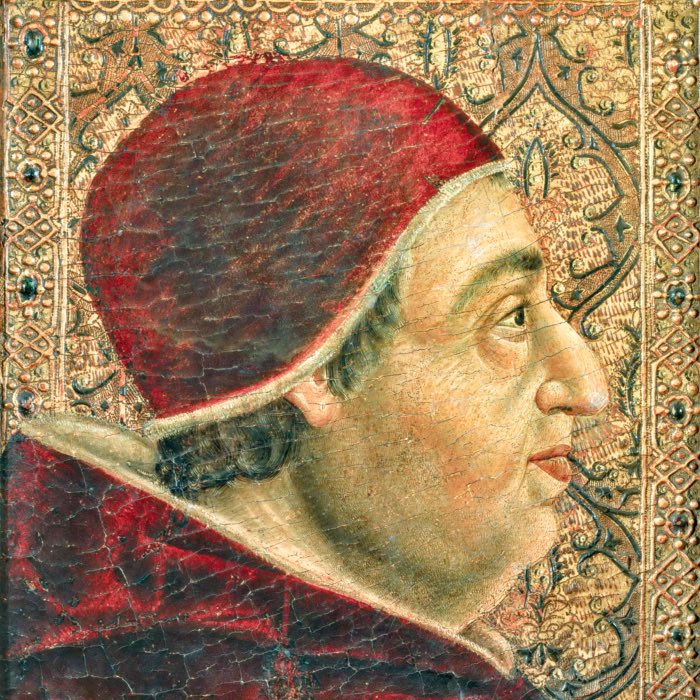
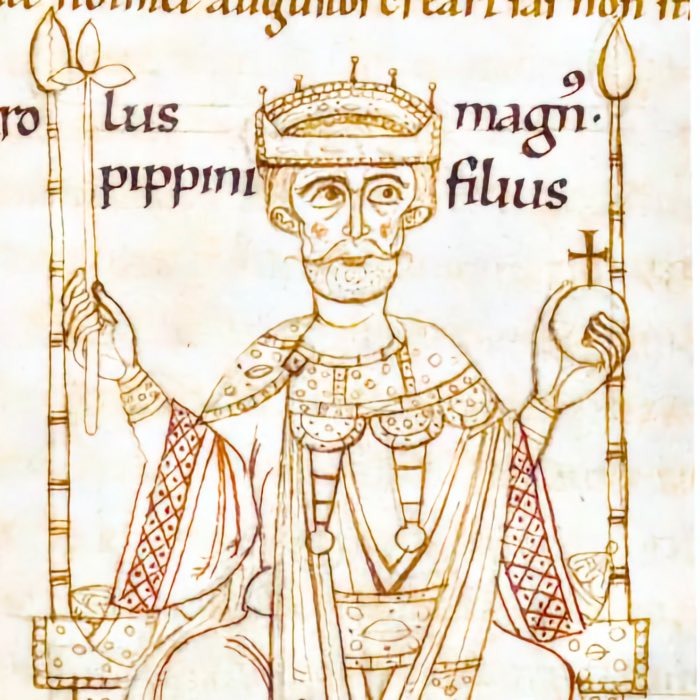
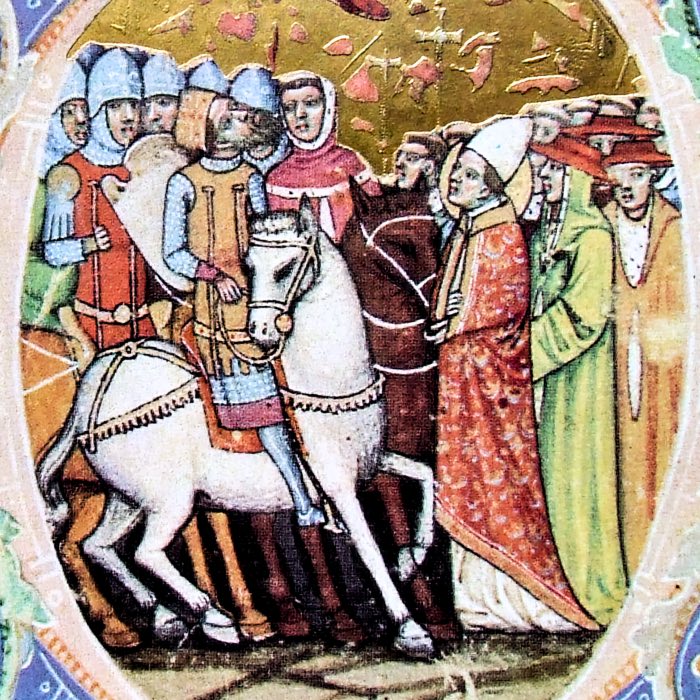
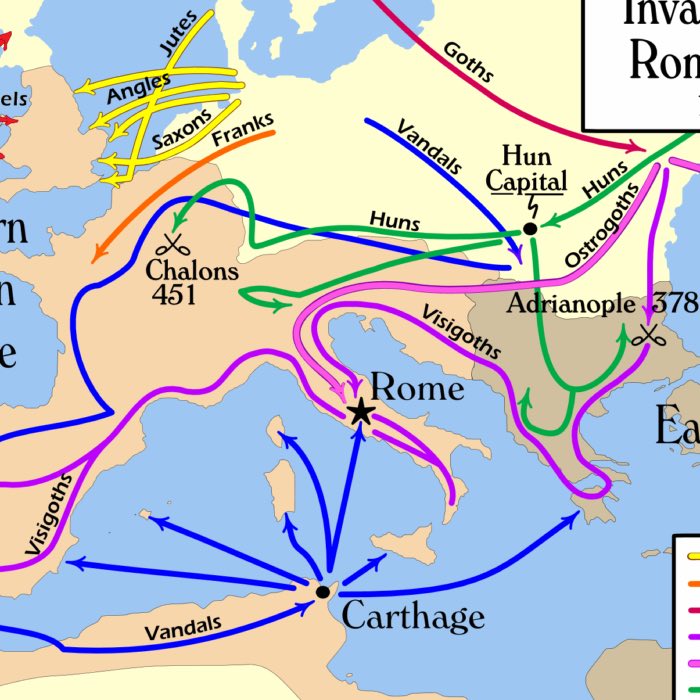
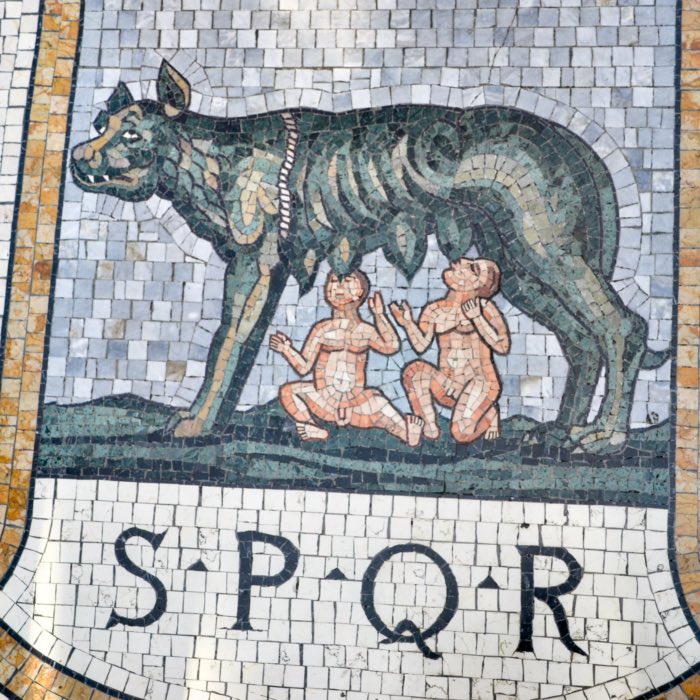
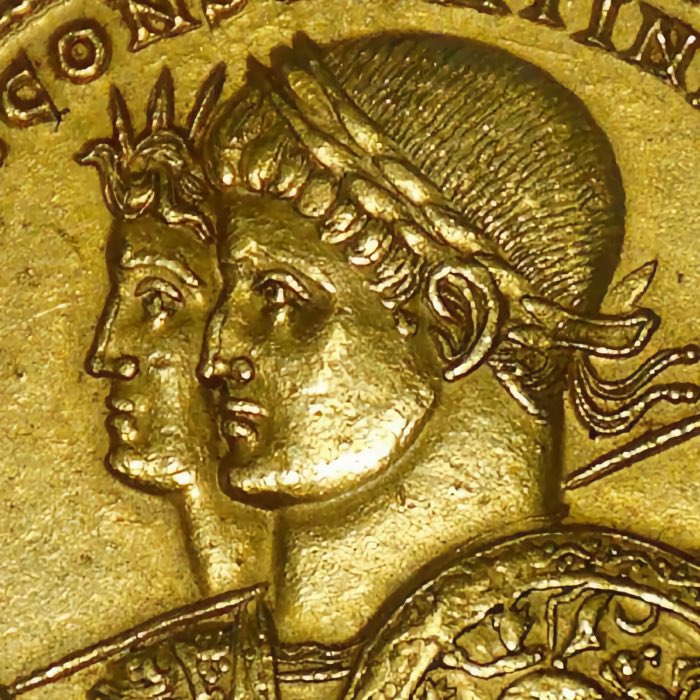
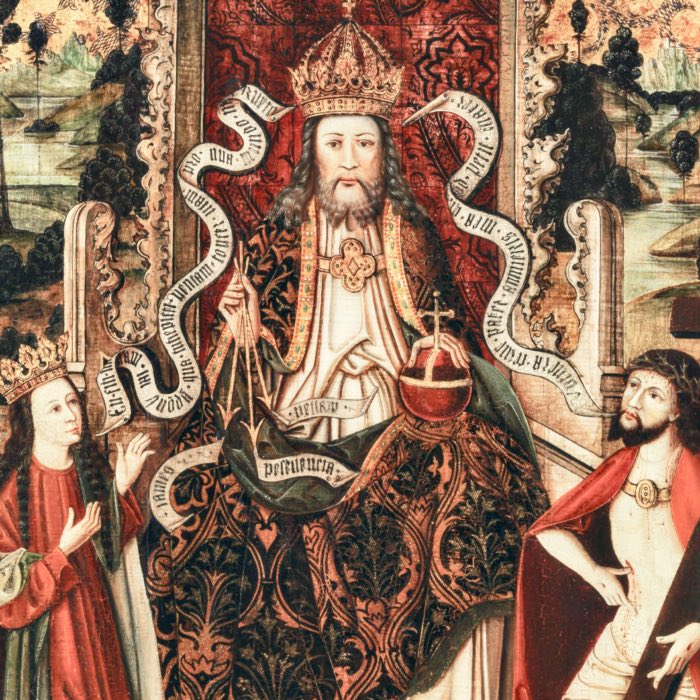
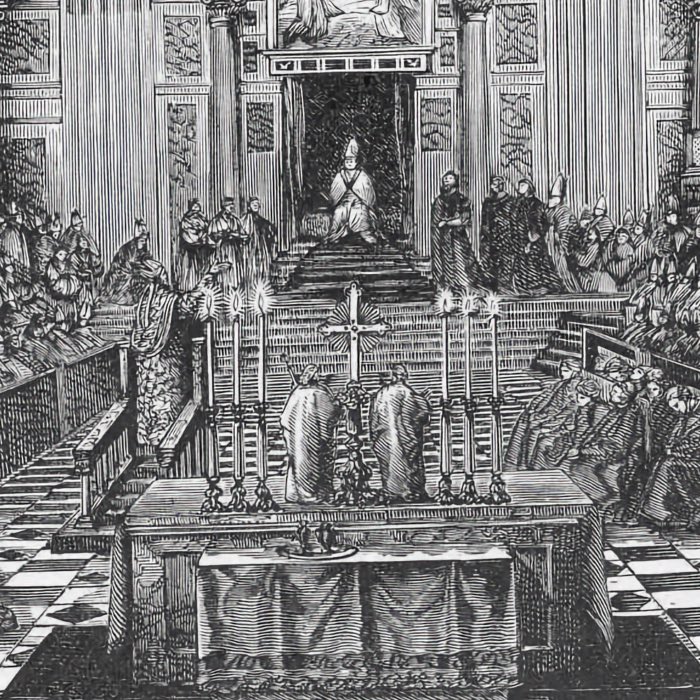
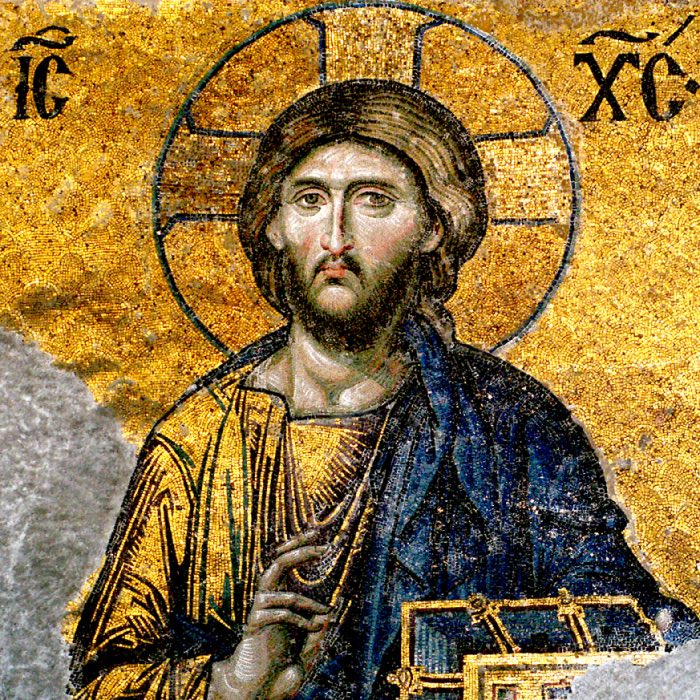







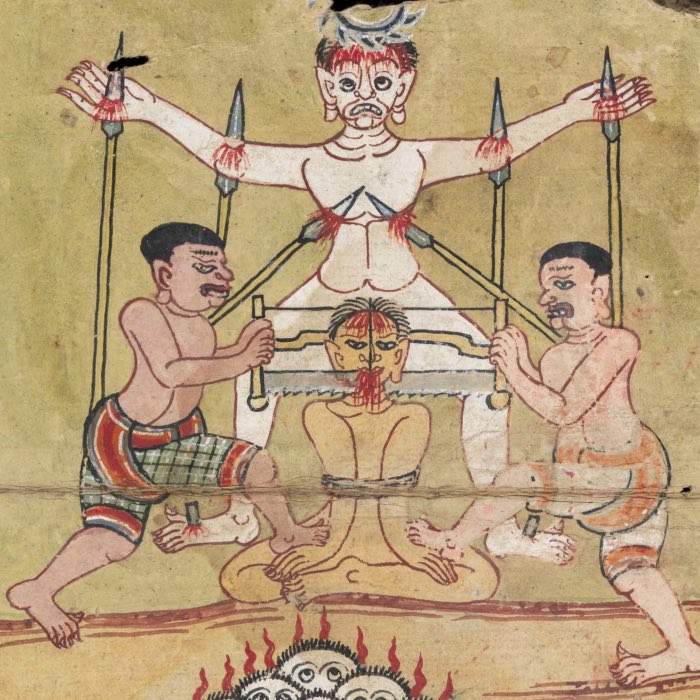
comments